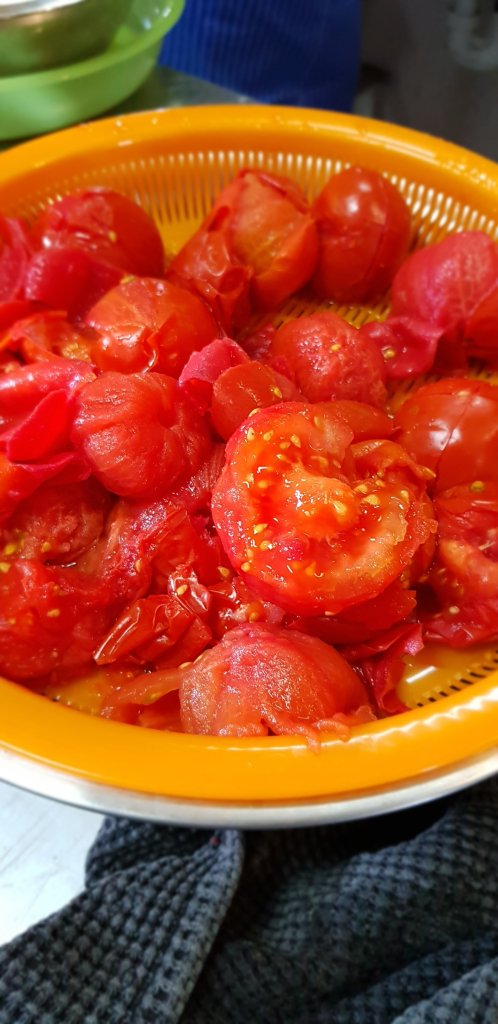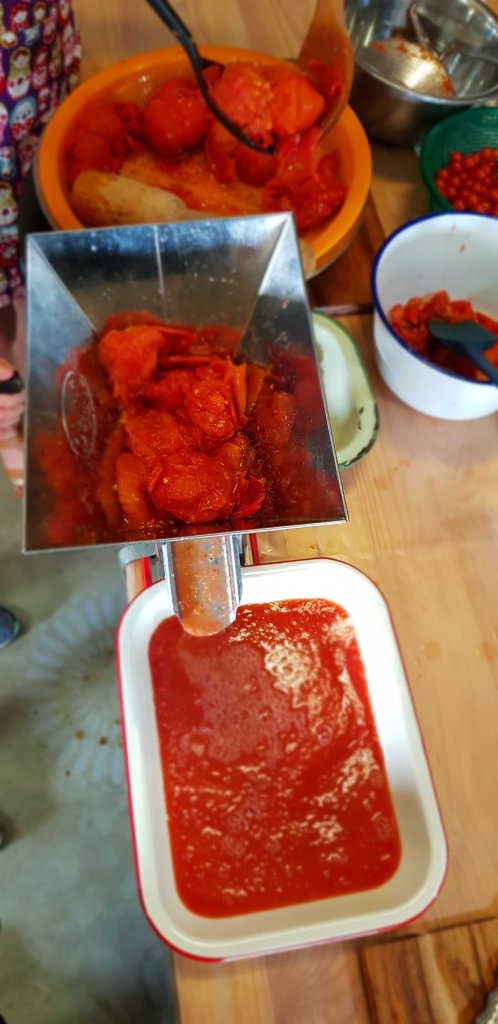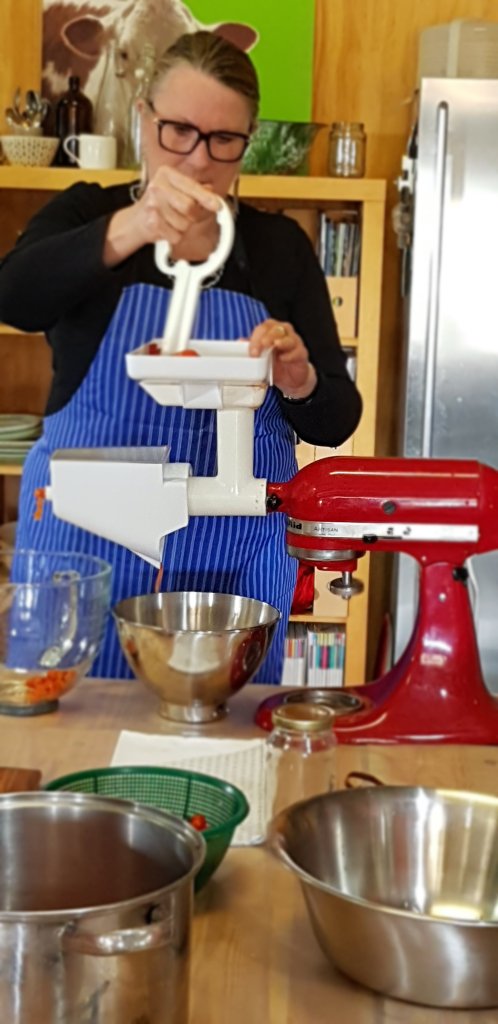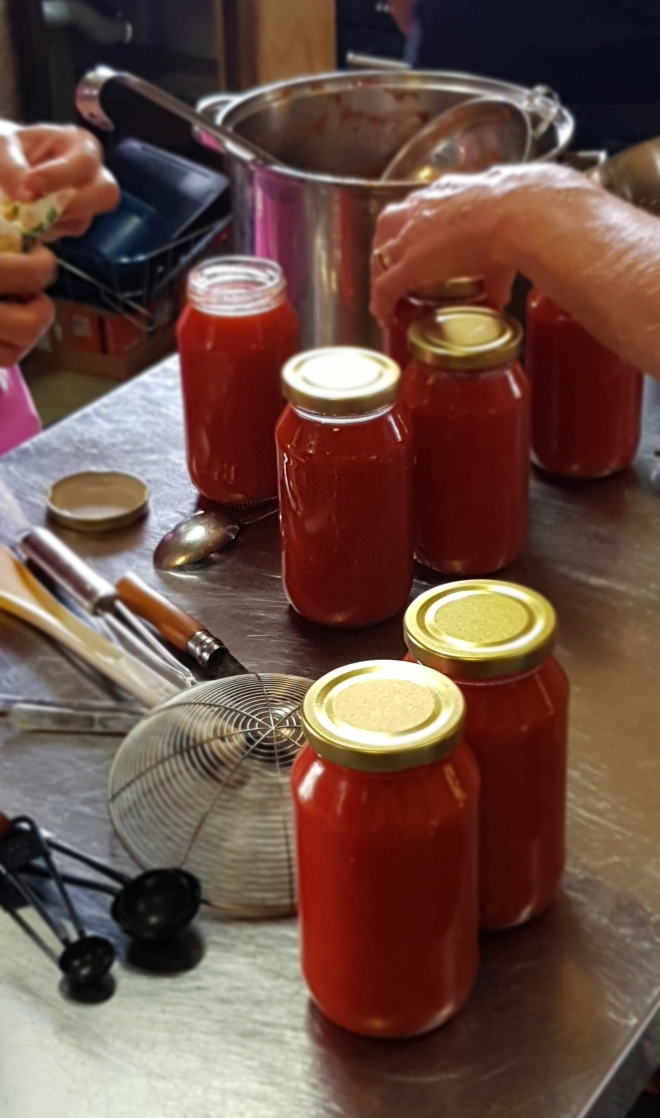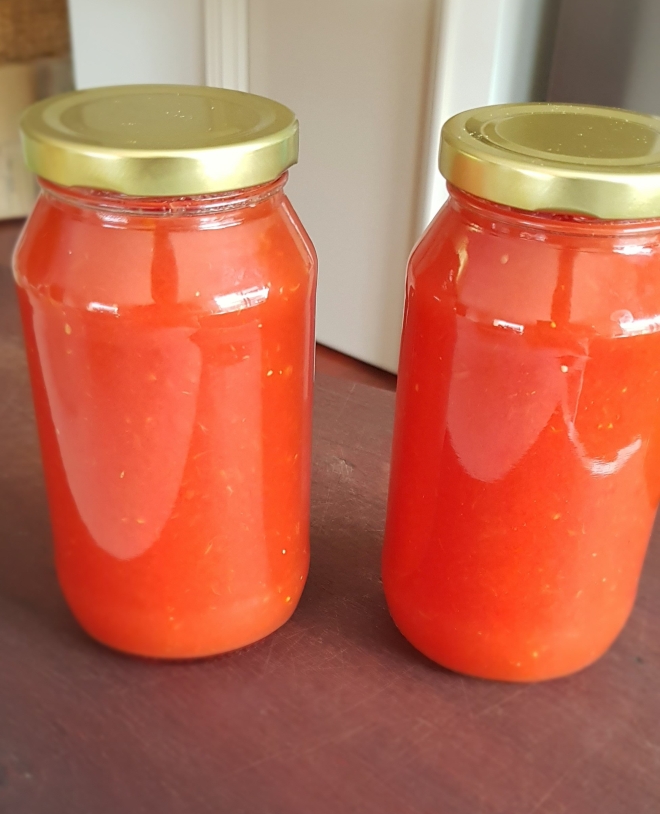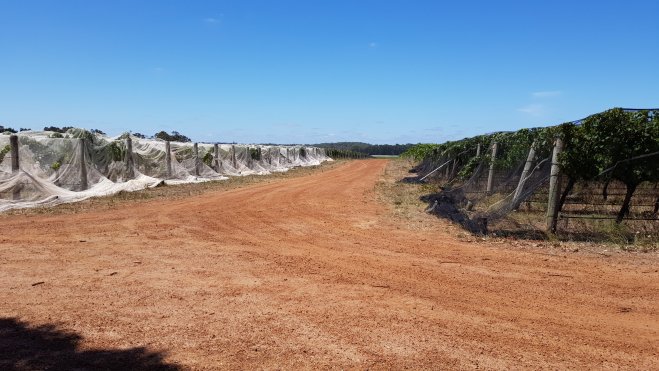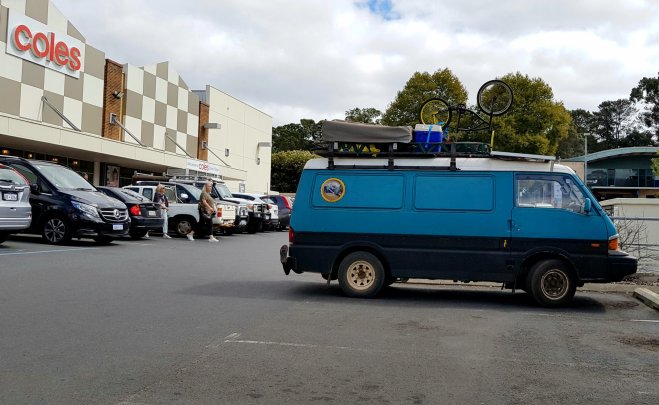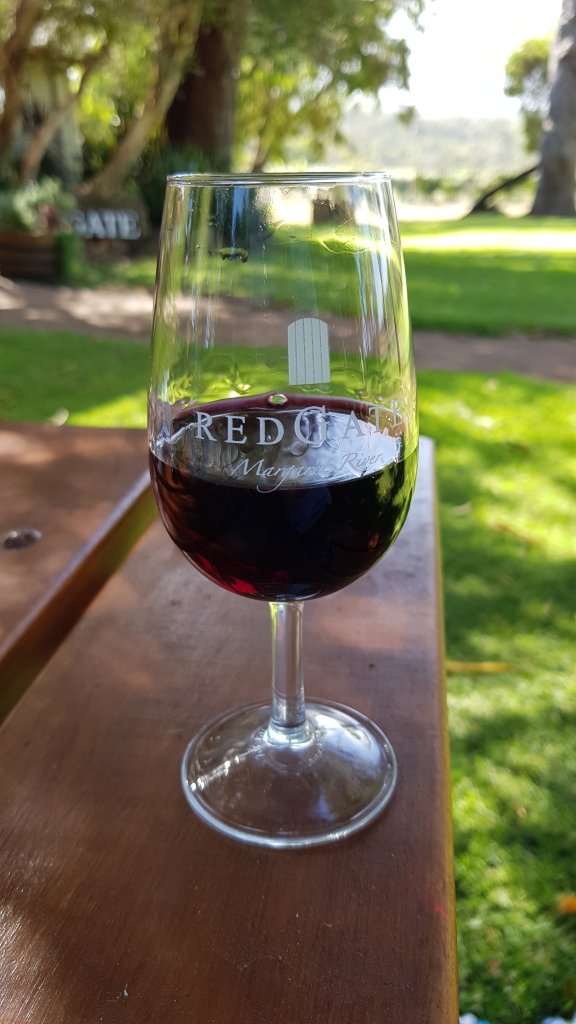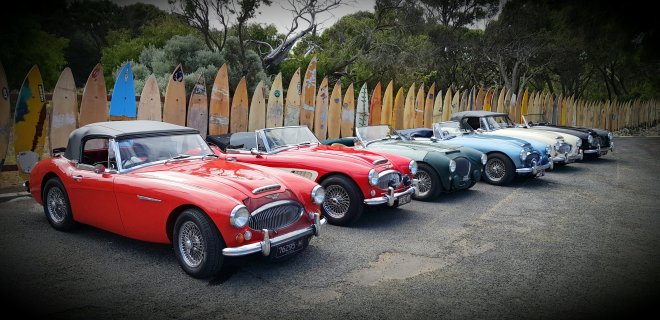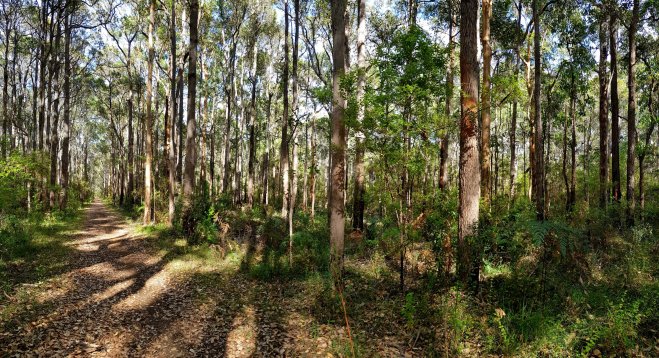We love our black cockatoos here in WA. The South West region has the only White Tailed Black Cockatoos in Australia, and unfortunatey both of them are classified as threatened. Baudin and Carnaby Black Cockatoos are magnificent birds, and we see them frequently when walking the trails and cruising around the region. They also occasionally fly over our house during the day and we see them in the nearby trees in the evening. Big, bold and raucous, they wing across the landscape, calling to each other as they look for Marri trees and their delicious “honkey nuts” to feast on. They are often joined by another endemic, threatened Black Cockatoo, the Forest Red Tail, a beautiful bird seen high in the trees with their brilliant scarlet tail feathers. They are the jokers and will spend hours in the trees joyfully tearing apart seeds and nuts. All these birds are facing significant reductions in habitat due to clearing for agriculture, mining and also reduced rainfall. They need old marri trees, jarrah, banksia and hakea to nest and provide feed. Because all these beautiful birds are classed as “Threatened” there is a program to monitor and research them to ensure they are never lost to this beautiful landscape.
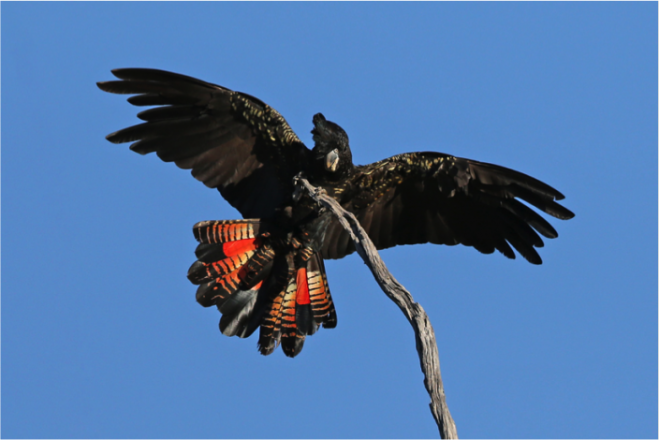
Forest Red Tail (photo courtesy Museum WA)

A Carnaby enjoying some Banksia (photo courtesy Museum WA)
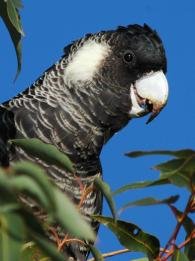
A Baudin, showing its longer beak (photo courtesy Museum WA)
The Great Cocky Count is part of this program. It is co-ordinated by BirdLife Australia and the data is analysed by scientists from the WA Department of Biodiversity, Conservation and Attractions. The count is part of a long-term, very successful citizen science survey and the biggest single survey for black-cockatoos in Western Australia. On one night in autumn, volunteers across the south west set up at known roost sites and count black cockatoos as they come in to their evening roost sites. The data obtained provides a snapshot of black-cockatoo populations, and how and where numbers are changing. It is important research and helps the scientists to better understand how to preserve these beautiful birds.
In Margaret River, the count is coordinated by local conservation group, Nature Conservation Margaret River. Keen to get involved we registered for the count this year and were duly allocated a local roost site quite close to town and not far from one of our house sits last year. A quick visit to the site with a co-ordinator ensued and we were shown where the Baudin’s usually roosted and where they flew in from. Apparantly they fly to a watering point close to the roost to drink before bed time. They then move closer towards the roost, but stop short and wait until the sun has actually set before flying in to the roost trees. We even decided to complete a practise count a week before, just to make sure we were in the right position to see the cocky’s arrive!
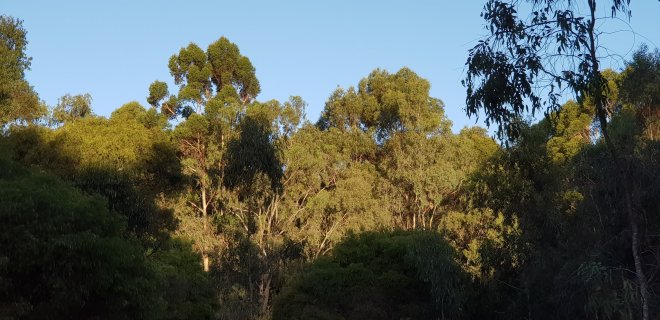
The Roost Site
We were joined on the Great Cocky Count night by John and Christine, also new counters. John has just assumed a board position on the local Nature Conservation Margaret River group and was keen to help out. In true Margaret River fashion, John bought a bottle of local chardonnay for us to sip while we watched the sun set and waited for the cockies. They started arrived just before sunset and confused us by circling around the roost site and settling in different trees around the area. Then, just as the sun went down they started to fly in groups to the roost. Counting silhouettes, checking they were cockies and not ravens, magpies or galahs kept us all busy for the next 15 minutes. Our final count was 21, 3 less than our practise run, but many more than had been recorded over the last two years. After the count we went back to John’s place and enjoyed a meal, a few wines and shared travelling stories.
It will be some months before all the data is collected, reviewed and analysed, but hopefully it will provide the experts with more valuable information to help us preserve these glorious Black Cockatoos.
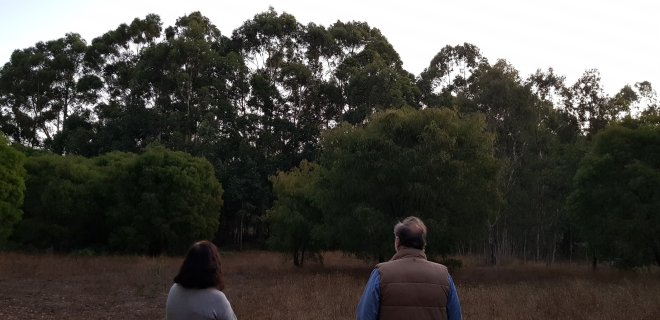
Counting Cockies at Dusk


